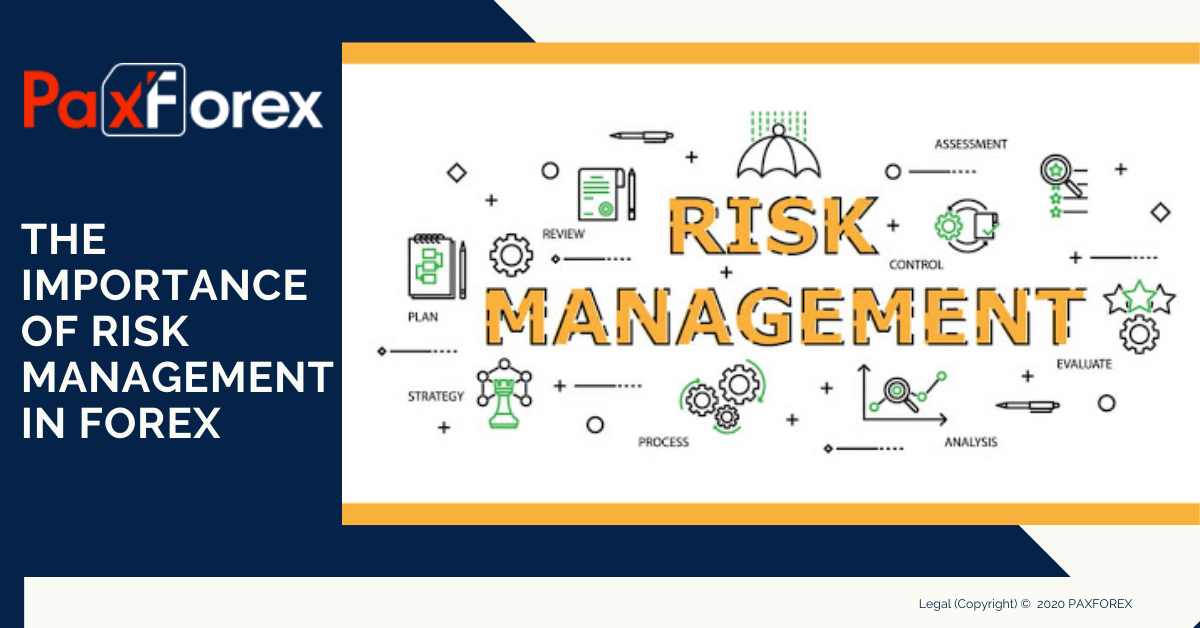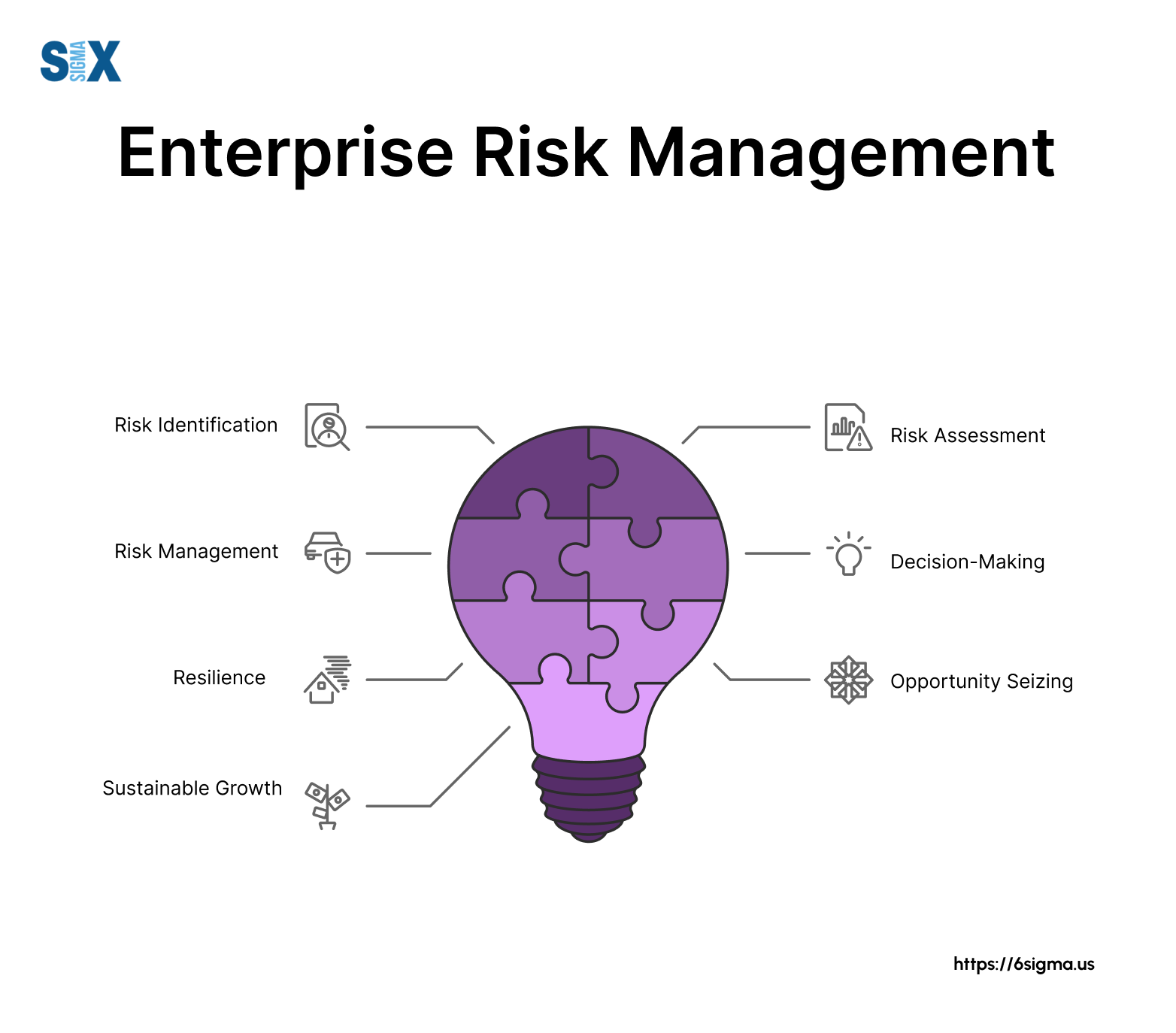Checking out the Significance of Risk Management for Effective Decision-Making Techniques
In the intricate globe of business, Risk Management emerges as a critical aspect in the decision-making process. The capability to identify prospective hazards and chances, and plan appropriately, can lead to the difference in between success and failure. With tools such as SWOT and PESTEL, companies are geared up to make informed selections, fostering strength and flexibility in an ever-changing setting. Wondering just how this functions? Allow's unpack the characteristics further.
Recognizing the Idea of Risk Management
Risk Management, a crucial element in decision-making, is usually misunderstood or oversimplified. Normally, it describes the recognition, assessment, and prioritization of threats to decrease, keep an eye on, and regulate the probability or impact of unfortunate occasions. Nonetheless, it's not merely concerning preventing unfavorable end results, yet likewise concerning acknowledging possible opportunities. Risk Management includes regimented and structured techniques, using data and informative assessments. It calls for an extensive understanding of the organization's context, goals, and the prospective dangers that can obstruct them. From economic unpredictabilities, legal obligations, critical Management mistakes, to accidents and all-natural calamities, it addresses various risks. Notably, effective Risk Management is not stagnant; it's a continuous, forward-looking process that develops with altering situations.
The Function of Risk Management in Decision-Making Processes
In the world of calculated preparation and company operations, Risk Management plays an important role in decision-making procedures. Risk Management hence comes to be an essential device in decision-making, aiding leaders to make educated choices based on a comprehensive understanding of the dangers entailed. Risk Management offers as an essential element in the decision-making processes of any type of company.

Just How Risk Management Enhances Strategic Planning
In the context of strategic preparation, Risk Management plays an essential role. Starting with the recognition of prospective threats, it additionally extends to the application of Risk mitigation measures. The duty of Risk Management is dynamic yet not static, as it requires continuous monitoring and adjusting of strategies.
Recognizing Prospective Risks

Applying Risk Reduction
Risk reduction methods can range from Risk avoidance, Risk transfer, to take the chance of reduction. Each strategy needs to be reference customized to the particular Risk, considering its prospective impact and the organization's Risk resistance. Reliable Risk reduction calls for a deep understanding of the Risk landscape and the potential impact of each Risk.
Monitoring and Changing Methods
Though Risk mitigation is a crucial action in calculated preparation, constant tracking and change of these techniques is just as essential. This ongoing procedure permits organizations to identify new risks and reassess existing ones, making sure the implemented techniques remain efficient in the ever-changing service atmosphere. It likewise provides a possibility to assess the success of the Risk Management procedures, allowing changes to be made where needed, additional improving tactical planning. Efficient tracking and modification need making use of analytics and vital efficiency indications (KPIs) to determine performance. These devices give important data-driven understandings that can educate calculated decision-making. Tracking and changing Risk Management approaches is a vital part for enhancing a company's strength and tactical preparation.
Instance Researches: Effective Risk Management and Decision-Making
Worldwide of company and finance, effective Risk Management and decision-making commonly work as the pillars of prosperous enterprises. One such entity is a multinational oil firm that minimized monetary loss by hedging against varying oil prices. In another circumstances, a tech start-up grew by recognizing and approving high-risk, high-reward strategies in an unstable market. A worldwide bank, faced with regulatory uncertainties, successfully browsed the scenario via aggressive Risk evaluation and dynamic decision-making. These cases highlight the worth of sharp Risk Management in decision-making processes. It is not the absence of Risk, but the Management of it, that commonly sets apart successful companies from not successful ones. These situations underscore the essential function of Risk Management in tactical decision-making. importance of risk management.
Tools and Strategies for Effective Risk Management
Navigating the intricate puzzle of Risk Management calls for the ideal set of devices and methods. These devices, such as Risk registers and warmth maps, aid in determining and evaluating potential threats. Methods include both measurable methods, like level of sensitivity analysis, and qualitative techniques, such as SWOT analysis. These help in focusing on dangers based on their possible impact company website and possibility. Risk reaction approaches, an essential part of Risk Management, entail approving, avoiding, moving, or mitigating threats. Monitoring and managing risks, with routine audits and reviews, guarantee that the methods continue to be reliable. With these tools and techniques, decision-makers can browse the facility landscape of Risk Management, thus facilitating educated and efficient decision-making.
Future Trends in Risk Management and Decision-Making Methods
As we explore the huge landscape of Risk Management, it ends up being evident that the devices and techniques used today will certainly proceed to develop. The principle of Risk society, where every participant of an organization is conscious and entailed in Risk Management, will certainly acquire more prestige. These trends declare an even more comprehensive and proactive technique in the direction of Risk Management and decision-making.
Verdict

Risk Management hence comes to be a crucial tool in decision-making, helping leaders to make informed selections based on a detailed understanding of the dangers involved. Risk reduction techniques can range from Risk avoidance, Risk transfer, to take the chance of reduction (importance of risk management). Effective Risk mitigation requires a deep understanding of the Risk landscape and the prospective impact of each Risk. Risk feedback methods, pop over to these guys an essential component of Risk Management, entail accepting, avoiding, moving, or mitigating risks. The principle of Risk society, where every member of a company is conscious and involved in Risk Management, will certainly acquire more prestige